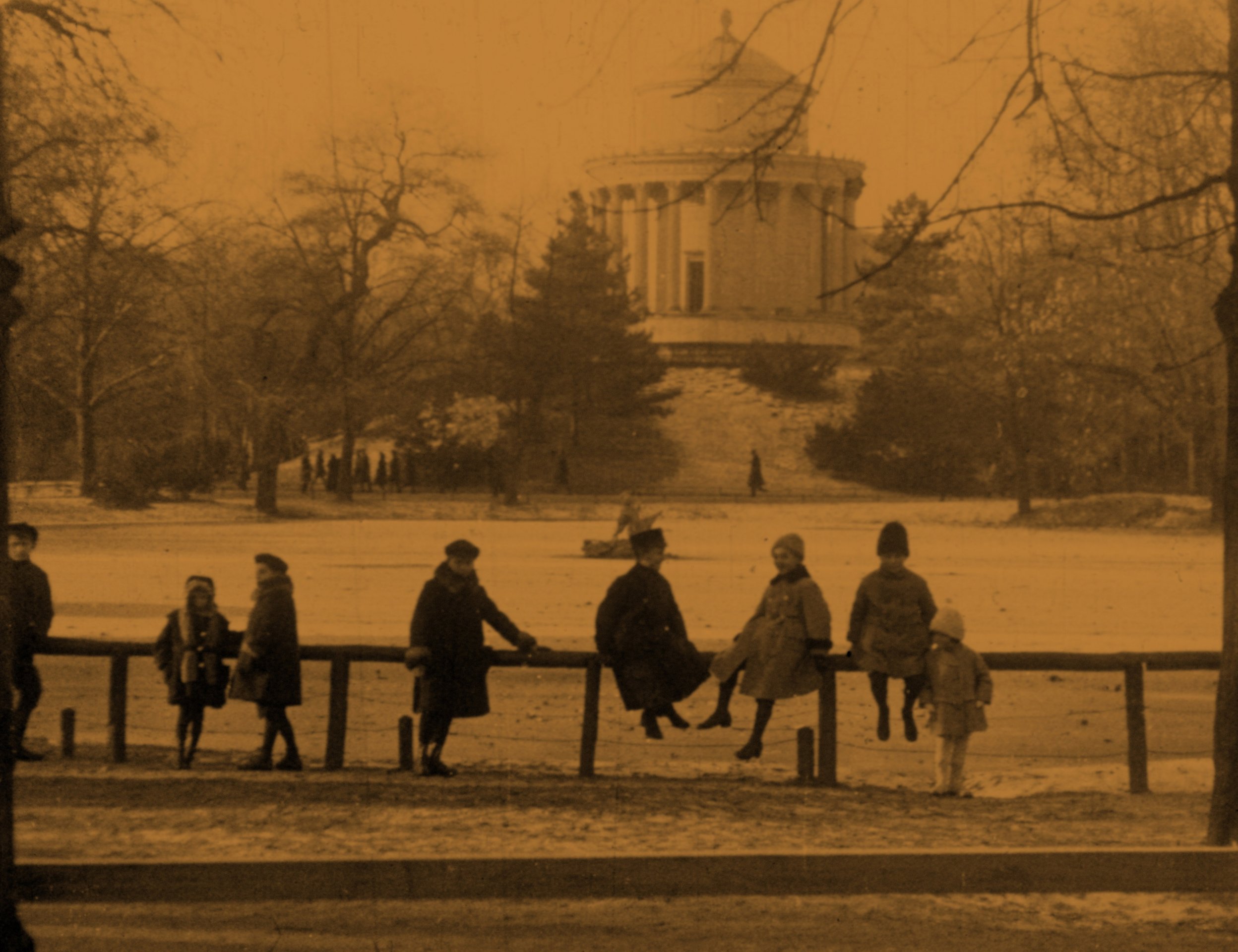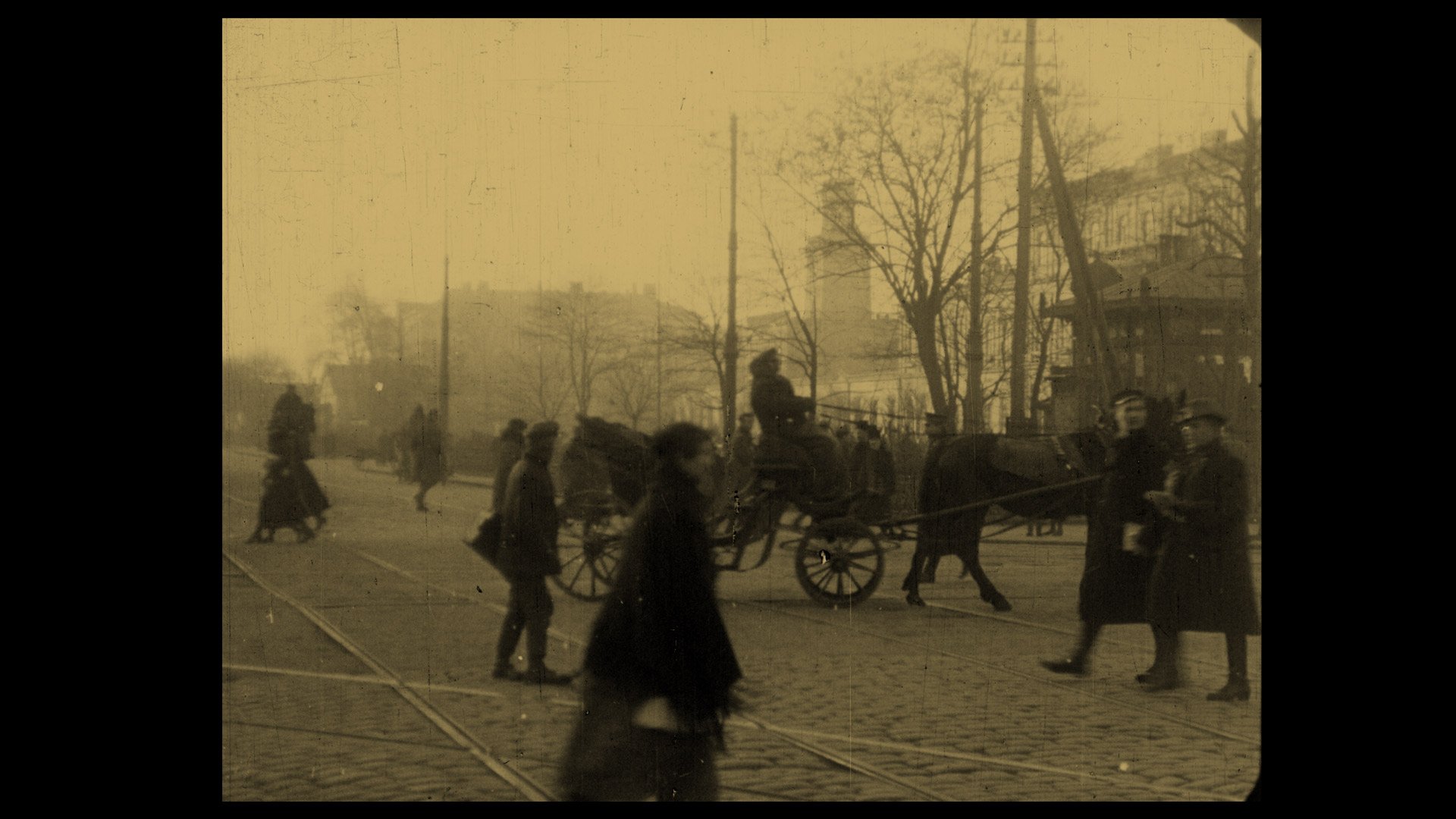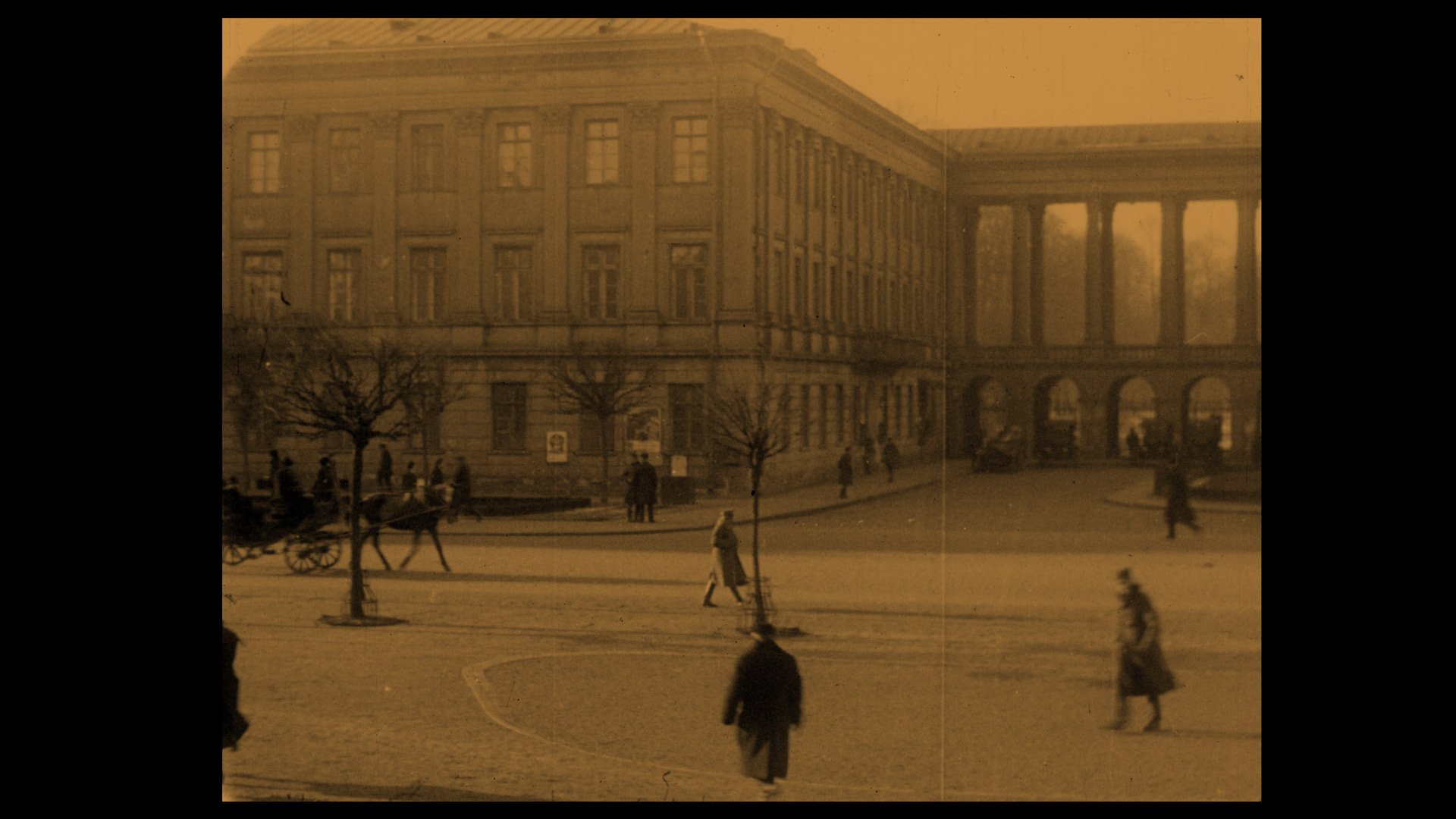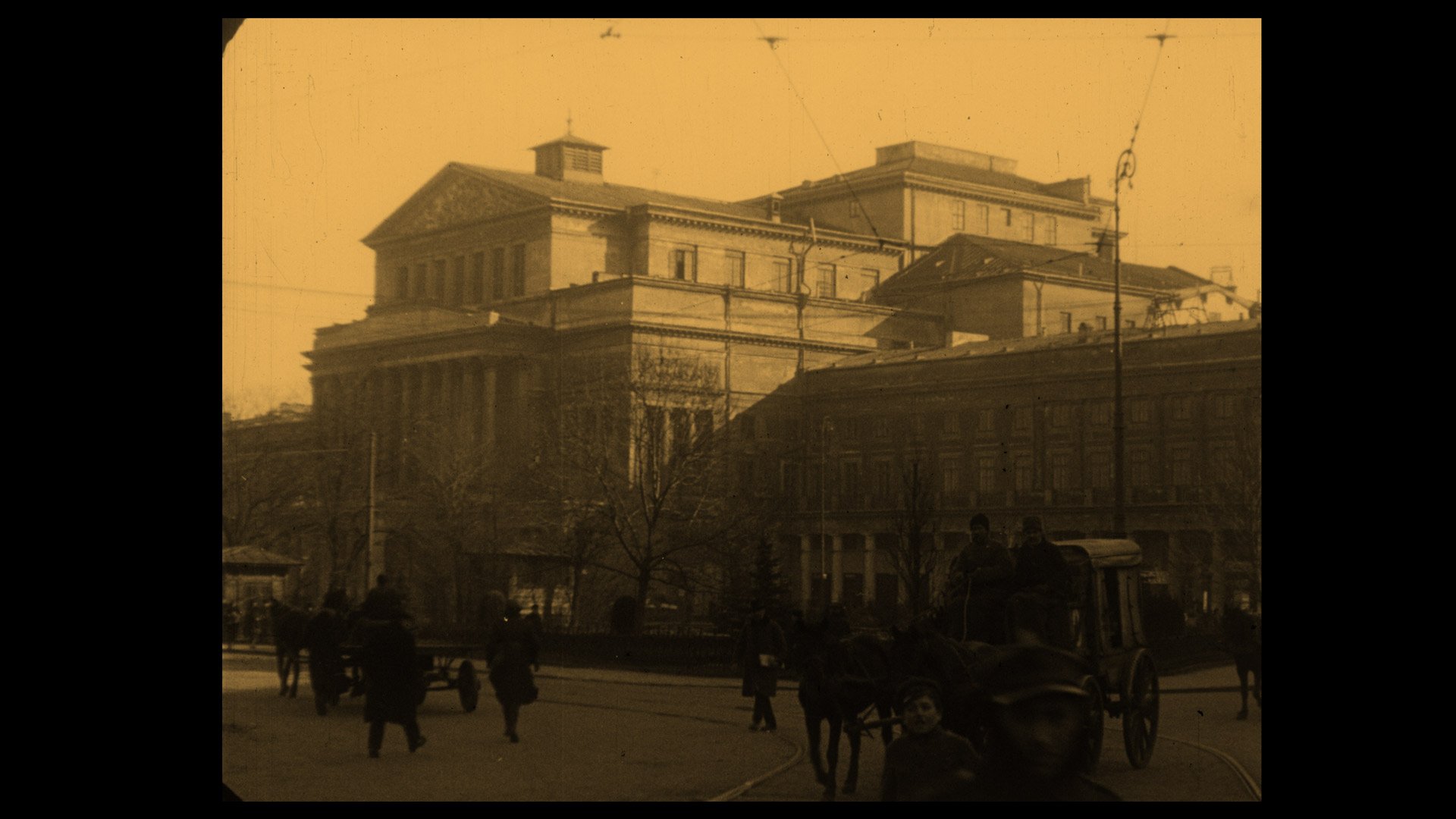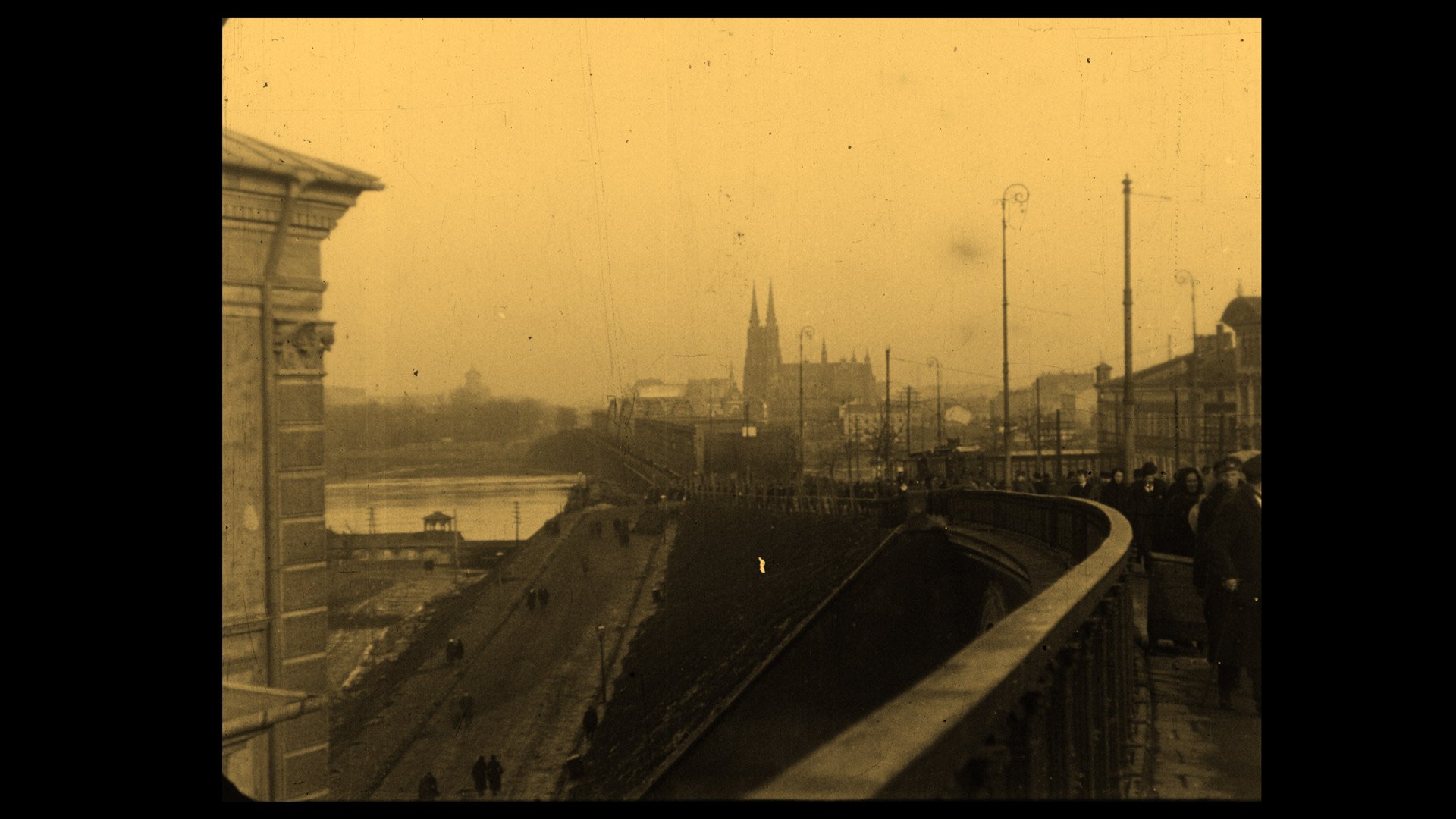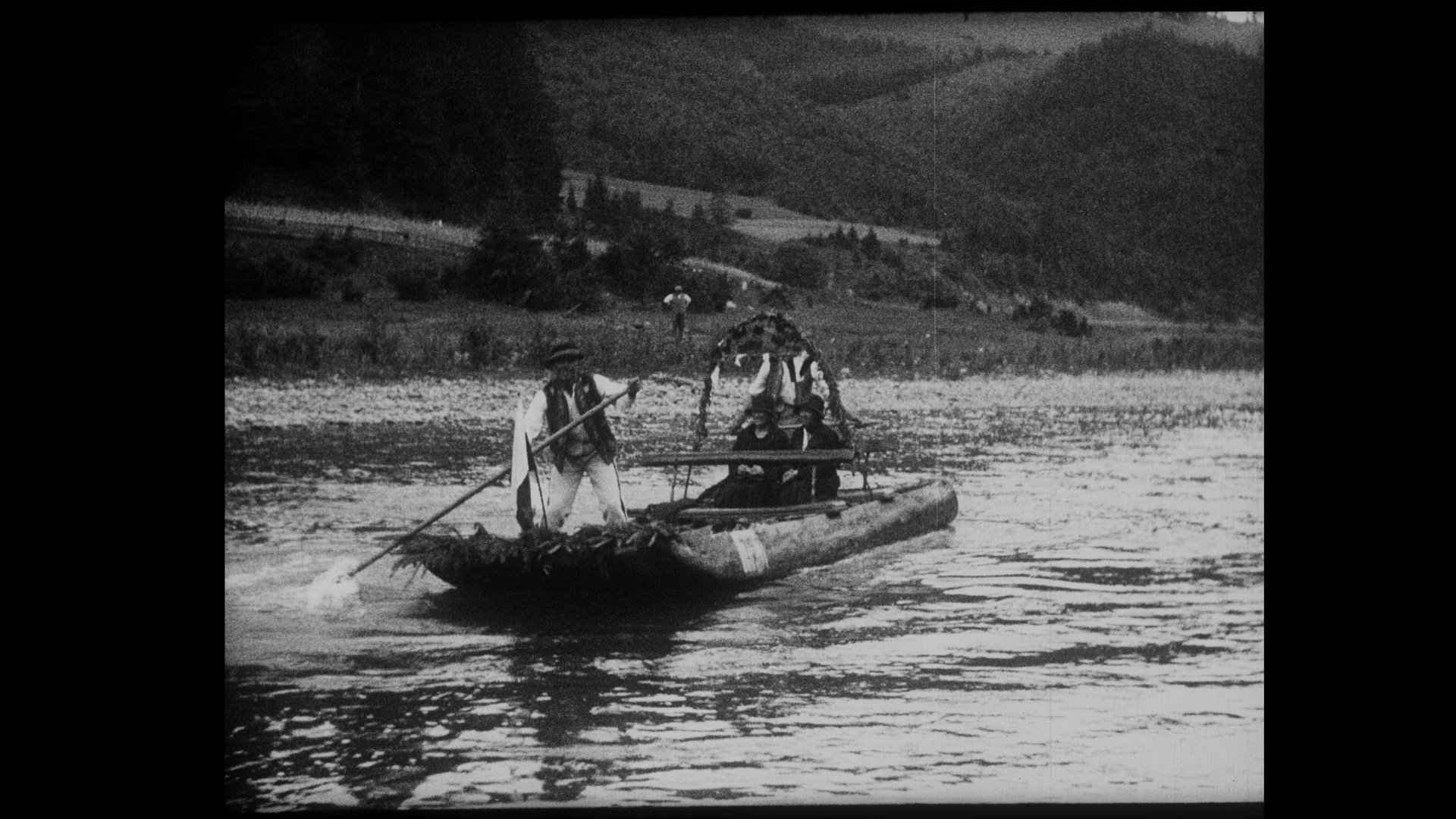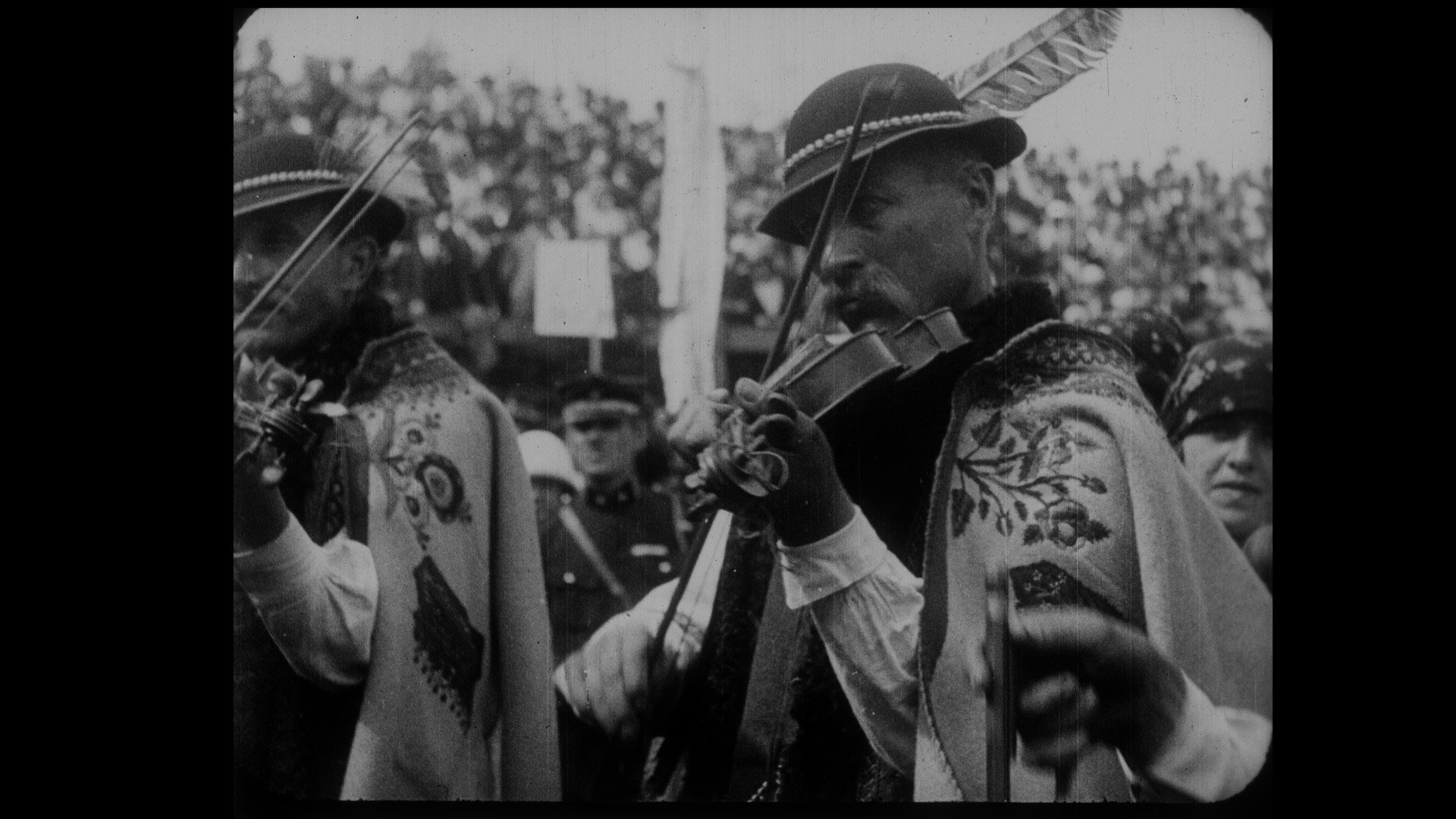
Polish Sketch
(Croquis polonais) (?, Belgium, 1920–1931)
dir., script, photog.: Maurice Bekaert
DCP, 56’; bw, tinted; intertitles: FR, subtitles: PL, EN; restored 2020; source: La Cinémathèque royale de Belgique, National Film Archive – Audiovisual Institute
Polish Sketch is one of two preserved amateur travel films shot on 35 mm by Maurice Bekaert (both of which are in the collection of La Cinémathèque royale de Belgique). Bekaert was a lawyer, but at one point he combined his professional career with more commercial activities, which allowed him to visit a number of countries and devote himself to his new passion – filming. The high quality of the footage, unusual in amateur productions, combined with the period in which the film was made, make Polish Sketch one of the most interesting and unique pictures of life in pre-war Poland.
Little is known about Bekaert’s (most likely three) visits to Poland. His name appeared in the press for the first time in 1929, when “Kurjer Poznański” published a list of guests invited to the Universal National Exhibition. The newspaper also reported that the Belgian was staying at the prestigious Bazar Hotel. It was presumably at that time that some of the filming was done which later made its way into the film. But what is not in doubt is the fact that the shots of southern Poland and Gdynia come from 1931. This was reported in a communiqué by the Polish Telegraph Agency: ‘On 5 July, the well-known Belgian traveller Maurycy Bekaert arrives in Poland. He will visit southern Poland, from where he will go along the eastern border to the Białowieża Forest and from there to Gdynia. After returning to Belgium, he will give a lecture on his impressions of Poland in a local automobile club. During the trip, Bekaert will undertake some filming work.’ His name also appeared on the list of guests at the Radowid villa in Zakopane, where the Belgian stayed between 16 and 22 July.
Maurice Bekaert’s travels to Poland had a major impact on his private life. This great friend of Poland, and propagator of Polish culture, was honoured in December 1931 with one of the state’s highest decorations – the Order of Polonia Restituta. (GR)
The restoration of the film was undertaken by the National Film Archive – Audiovisual Institute (FINA) and based on 4K scans prepared by La Cinémathèque royale de Belgique (CRB) from the original tinted nitrate print preserved at the CRB.
FINA would like to thank Mr. Bruno Mestdagh for his help and invaluable contribution to the project.
introduction to the movie: Michał Pieńkowski
section: DIRECTION: POLAND
music by: Kuba Płużek Quartet
FRIDAY | OCTOBER 29
22:00 | screening room: STOLICA
Presented with: Ito, the Beggar Boy

